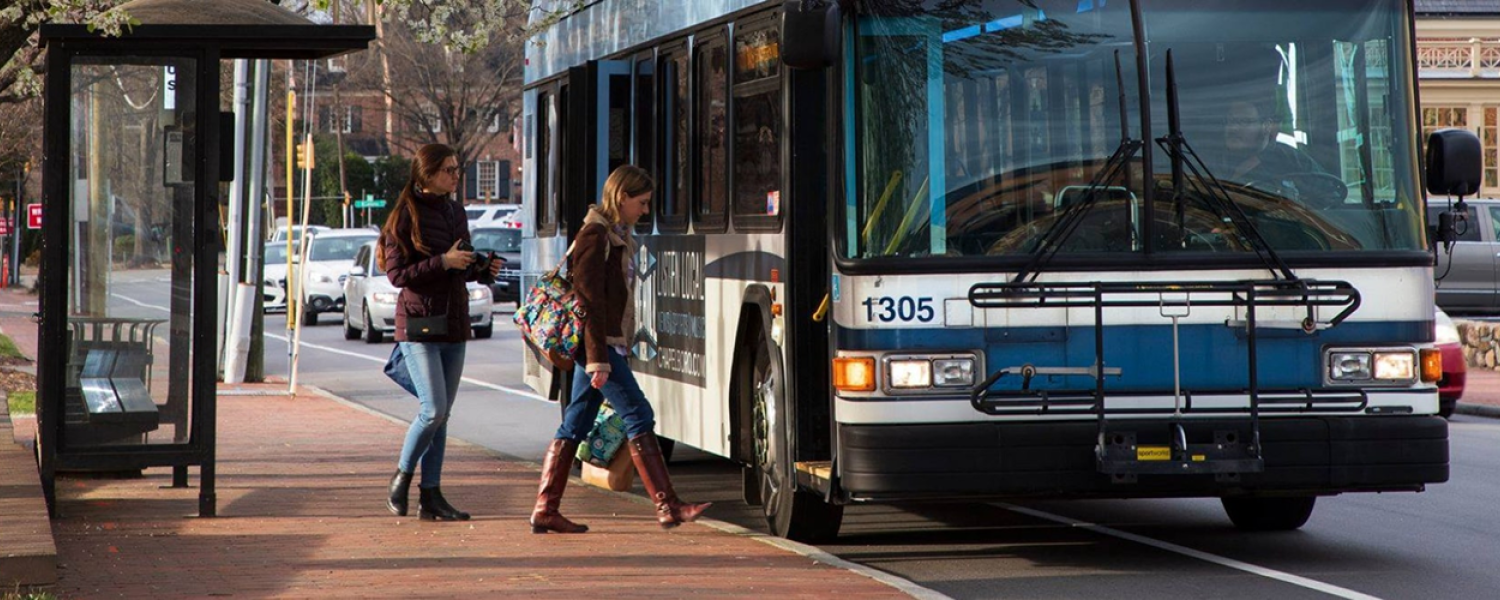A transportation “project” is a transportation improvement that has been identified and defined. The general life cycle of a regional transportation project is:
- Long-Range Plan – project identified and defined
- Feasibility Study – project alternatives and costs
- Prioritization – project ranked among other projects (for state and federal funding)
- TIP – project funding identified in the Transportation Improvement Program (TIP)
- NEPA Process – project environmental impacts and basic design identified
- Record of Decision – project approved
- Right of Way Acquisition – land is purchased
- Construction – the project is built
This section provides information on the individual projects that have moved beyond the MPO’s long-range planning process.
Project Components
A feasibility study is the initial planning phase of a project. The purpose is to describe the proposed scope of a project’s improvements, estimate costs, identify possible designs, and evaluate social, environmental and infrastructure impacts, especially those that might delay project implementation or even eliminate the project from consideration. It is not an exhaustive study, and therefore the preliminary nature of its conclusions leaves flexibility for design details in subsequent, more exhaustive studies.
Once a project is funded in the Transportation Improvement Plan (TIP), it must comply with several federal and state laws and executive orders to receive funding for implementation. Among these laws and orders, the National Environmental Policy Act (NEPA) is the most important. NEPA requires an environmental study that basically tells the story of the project through much data collection and analysis and ultimately enables agencies to make a several key decisions about the project. The study is characterized by the many environmental, cultural, transportation and social agencies that take an active part in reviewing each phase of the study, and in some cases providing analysis for particular sections, and by the high-level of coordination that is required.
The key components of a study often include:
- Describe the Project
- Justify the purpose and need for the project
- Identify all environmental impacts
- Describe the evolution of alternatives
- Analyze impacts
- Receive and consider citizen, agency and government input
- Justify the selection of the alternative
- Describe continued coordination
The North Carolina Department of Transportation (NCDOT) is usually responsible for the highway feasibility studies being funded by state and federal sources, while Triangle West TPO and local governments direct those studies for local roads and bicycle and pedestrian facilities funded by funds that go through those organizations.
Once the environmental document is approved, the final design is completed, and the needed right-of-way (land on which the project is to be constructed) is purchased, the project moves to the construction phase. The NCDOT is usually responsible for the construction of highway projects funded by state and federal sources, while local governments direct those studies for local roads and bicycle and pedestrian facilities funded by funds that go through those organizations.
The NCDOT Web page provides the status and schedule of construction projects. In addition, the NCDOT provides a project update table for the MPO’s Technical Committee and MPO Board meetings that can be found among the attachments for those meetings each month.
